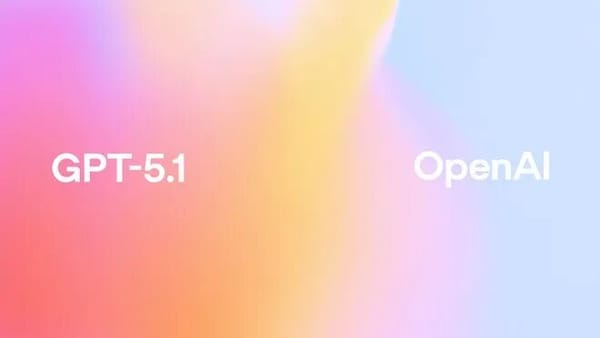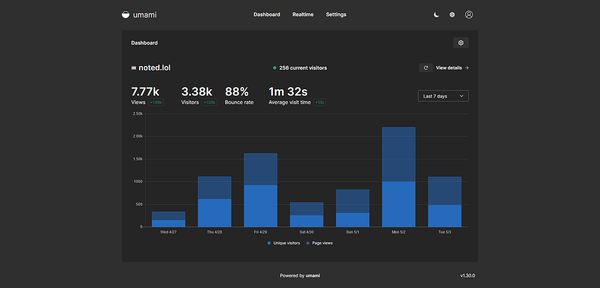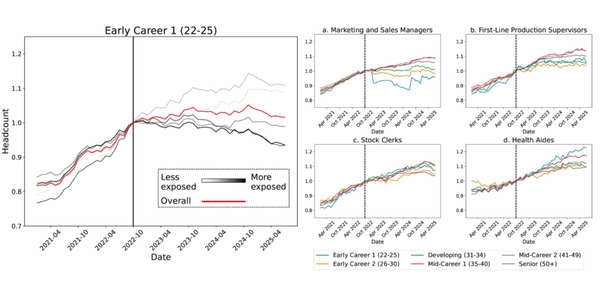Learning by Doing: My Biggest Insight on the Product Journey
Learning by Doing: Finding Your Rhythm in Uncertainty
Not every project succeeds, and not every decision can be reviewed — but every round of “learning by doing” quietly shapes a more mature product professional.
This article records my growth journey and attempts to answer one question:
In uncertainty, how can you find your own rhythm and judgment?
---
The Core Idea in Tough Times
In today’s economic downturn, some feel lost, some give up, and some have no idea what to do — yet there are still those who thrive.
The core reason is still doing:
> Learning through action, growing through practice.
---
What is “Learning by Doing”?
Originally popularized in the TV drama Drifting, the concept is much more than a method; it’s a philosophy of growth.
Definition:
- Take action when facing new fields or unknown challenges.
- Review & summarize afterward.
- Form a closed learning loop of experience and methodology.
Key mindset:
> Act first → Review & reflect → Summarize & refine → Apply again
It’s not blind trial and error — it’s a purposeful learning cycle.
---
My Practice Path
1. Transition from Technology to Product
- Quit my technical job without another lined up.
- No systematic learning; no mentors.
- Relied entirely on “learning by doing.”
Interview learning loop:
- Fail → Record interviewer questions → Go home, refine answers → Repeat.
- Discovered 60% of interview questions repeat.
- After 1+ month, landed my first product manager role.
---
2. Cognitive Upgrade: C-end to B-end
TAL Education Group (3 years)
- Deeply understood system architecture & coordination for business lines.
- Mastered ToB product management workflow and methodology.
Challenge in 2022: Transition to HR SaaS
- Serviced diverse multi-client base; required stronger abstraction ability.
Change:
- Unchanged: methodology, skills, learning ability.
- Changed: complexity & diversity of customer needs.
---
3. Product Planning in the First Week
First week in HR SaaS:
- Task: Competitive research + system reconstruction plan + 3–6 month roadmap.
- Inherited flawed documentation → Redid from scratch.
- No prior HR industry knowledge.
Actions taken:
- Reviewed 1,736 requirements → clarified iteration paths.
- Defined 3 major phases:
- Scheduling
- Overtime & Leave
- Reports
- With clear priority order.
- Produced core diagrams: process flow, product architecture, entity relationship.
Outcome:
- Phase 1 & partial Phase 2 went live → Positive external & internal feedback.
- Won “Best Product Feature” for attendance module.
---
4. Plugin Marketplace Evolution
Stage 0.1: “Demand Replacement Tool”
- Initial view: plugins as cost-cutting replacements.
- Example: Reduce development time from 15 to 5 person-days.
- Learned this approach only moved problems elsewhere.
Stage 0.2: Paid “Unexpected Windfall”
- Custom overtime rules → Quoted 38,000 CNY, client accepted.
- Earned 200,000+ CNY from similar requests.
Stage 0.3: Social “Sharing Economy”
- Realization: plugins should be ecosystem-driven.
- Harness productivity from AI, partners, customers, and teams.
- Established fair revenue-sharing systems.
Achievements:
- Won company’s Quarter Star award (1,000 CNY + trophy).
- Built a plugin marketplace enabling personalized solutions at scale.
- Exemplified learning by doing across trial–error–iteration cycles.
---
Reflections: Failure Case — Short Video Transition
Tried: Switching from article-based sharing to short videos.
Problems:
- No effective business cycle — high traffic, poor conversions, exhausting output demands.
- Weak synchronous thinking — struggled to speak coherently in real time.
- Lost depth — content became shallow.
Lesson:
> “Learning by doing” must rest on strong self-awareness — know your strengths & limits.
---
Writing-Driven Methodology
Formula:
Practice + Writing → Reflection → Summarization → Sharing → Feedback → Application
Steps:
- Take action — start before “full preparation”.
- Review & summarize — write about each practice.
- Share publicly — invite feedback & new perspectives.
- Receive feedback — identify blind spots.
- Apply iteratively — spiral upwards through cycles.
> If you haven’t practiced it, you don’t have the right to speak.
---
Advice for Product Managers
- Build a writing habit — weekly summaries are enough.
- Share courageously — internally or externally, to grow your brand.
- Treat feedback as a gift — criticism often holds the seed of improvement.
---
Inspiration from History
In 1935’s Zunyi Conference, Mao Zedong and the Red Army faced overwhelming odds. They learned war through war — embodying “learning by doing” at its highest stakes.
---
Modern Tools: AiToEarn
Platforms like AiToEarn — an open-source global AI content monetization ecosystem — empower:
- AI content generation.
- Cross-platform publishing (Douyin, Kwai, WeChat, Bilibili, Rednote, Facebook, Instagram, LinkedIn, Threads, YouTube, Pinterest, X).
- Analytics & AI Model Rankings.
For product managers and creators:
- Accelerates feedback–iteration loops.
- Makes growth visible and measurable.
---
Final Thoughts
From technology to product, education to HR SaaS, articles to videos — learning by doing has guided every step. Successes and failures alike have sharpened my judgment.
Key takeaways:
- The unknown hides opportunity.
- The best time to act is now.
- Action + Reflection + Writing bridges practice with growth.
In times of uncertainty, this iterative spirit is your compass. And with AI-driven tools like AiToEarn官网, creators and professionals can multiply their efficiency and impact — turning every cycle of learning into faster, smarter progress.
---
———— / END / ————



